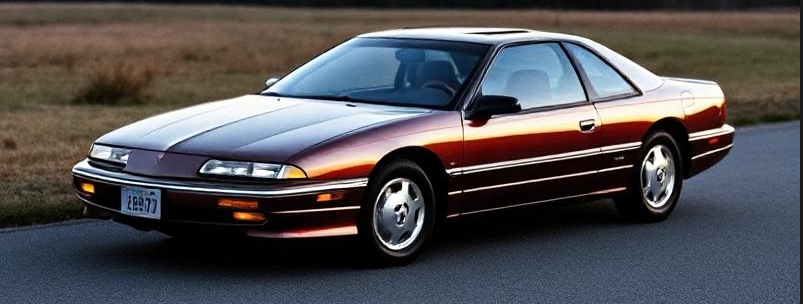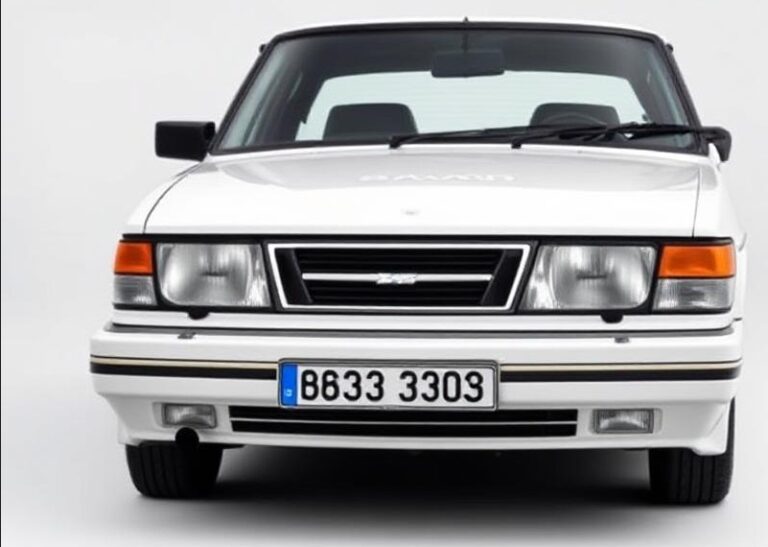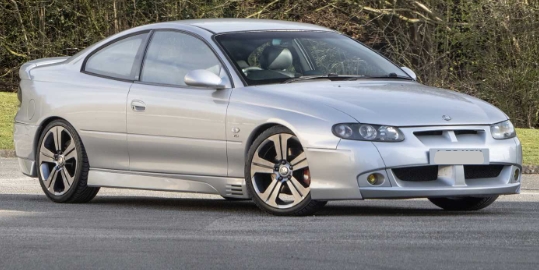The Evolution of the Oldsmobile Aurora: A Journey Through Luxury and Innovation
The Oldsmobile Aurora, produced from 1994 to 2003, represents one of the automaker’s boldest ventures during its long, storied history. Positioned as a flagship luxury sedan, the Aurora combined innovative engineering with a sophisticated design, challenging perceptions of American luxury vehicles. This article traces the evolution of the Oldsmobile Aurora, including its production years, models, trim levels, and notable features.
Introduction to the Oldsmobile Aurora
The Oldsmobile division of General Motors, established in 1897, was one of America’s oldest automotive brands. By the early 1990s, as consumer tastes shifted toward sportier and more luxurious vehicles, Oldsmobile sought to rejuvenate its lineup. The Aurora was launched in 1994 as an attempt to reinvent the brand’s image and reestablish its position in the luxury vehicle segment.
First Generation (1995-1999)
Launch and Design:
The first-generation Aurora made its debut in 1994 as a 1995 model. Designed by the Oldsmobile team with input from renowned designer John Wiggins, the Aurora was a product of the Delta platform, which it shared with models such as the Chevrolet Impala and the Buick LaCrosse. The design featured a distinctive silhouette characterized by a long hood, short rear deck, and a bold curved front that embodied the essence of ‘90s automotive styling.
Powertrain and Performance:
Under the hood, the Aurora was powered by a 4.0-liter V8 engine, derived from the Northstar engine family used in Cadillac models. This engine produced 250 horsepower and 260 lb-ft of torque, enabling the Aurora to deliver both performance and luxury. Its sophisticated suspension system provided a comfortable ride, with an emphasis on smooth handling that set it apart from typical sedans of the time.
Trim Levels:
When it was first released, the Aurora was offered in a single trim level, equipped with a wealth of standard features including leather upholstery, dual-zone climate control, premium audio system, and advanced safety features. Notably, the first-generation Aurora came with an impressive list of options, such as a sunroof, navigation system, and upgraded sound systems.
Special Editions:
Throughout its initial production run, the Oldsmobile Aurora also saw the release of several special editions. Among them was the 1999 Aurora 4.0, which included unique color options and exclusive interior finishes, emphasizing Oldsmobile’s commitment to luxury.
The Mid-Cycle Refresh (1998)
In 1998, Oldsmobile introduced a mid-cycle refresh aimed at modernizing the Aurora’s appearance and equipment. This update included revised headlights, a new front grille design, and additional chrome accents. They also improved the overall quality of interior materials and added new optional features such as heated seats and upgraded audio systems that further bolstered the vehicle’s luxury appeal.
.
Do you have one of the top 5 Oldsmobile Engines in your vehicle? Better take a look now!
.
Second Generation (2001-2003)
With dwindling sales and Oldsmobile’s troubled trajectory, the second-generation Aurora was introduced in 2001, a full redesign based on an entirely new platform. This generation attempted to capture an even broader market by enhancing performance, comfort, and modern technology.
Design and Features:
The new Aurora adopted a more contemporary design, characterized by a sculpted body and pronounced wheel arches. Inside, the vehicle showcased a more upscale cabin with improved ergonomics, premium materials, and the latest in technology, including an updated audio system with CD and cassette players, new seating configurations, and an available GPS navigation system.
Powertrain Changes:
The 2001 Aurora initially launched with a 4.0-liter V8 engine, but in 2002 it transitioned to a 4.6-liter Northstar V8 engine, delivering a notable boost in performance with 320 horsepower. This change reflected a desire for a sport-oriented approach to luxury sedans. The addition of a 5-speed automatic transmission improved efficiency and responsiveness.
Trim Levels:
The second-generation Aurora was offered in two main trim levels:
- Base: This version contained an impressive array of standard features, including leather seating, power-adjustable front seats, dual-zone automatic climate control, and a premium sound system.
- Aurora 4.6: The upper trim level focused on luxury and performance, adding additional features such as larger wheels, advanced safety systems, and more refined cabin amenities.
Final Years and Discontinuation
By 2003, Oldsmobile was faced with the unfortunate reality of impending brand discontinuation. Despite the positive reception garnered by the second-generation Aurora, the brand was officially phased out later that year. As a result, production of the Aurora ceased in the 2003 model year, marking an end to Oldsmobile’s flagship luxury sedan.
Legacy and Influence
Though the Aurora’s life was relatively short, its impact on the automotive landscape is noteworthy. The vehicle served as a symbol of Oldsmobile’s attempts to adapt to changing markets while preserving a sense of heritage. Many enthusiasts regard the first-generation Aurora as an underrated classic, known for its distinctive styling and innovative technology.
In addition, the Aurora played a significant role in pushing the envelope for American luxury sedans, blending performance with comfort and inviting a new generation of drivers to experience what Oldsmobile had to offer.
Conclusion
The Oldsmobile Aurora’s evolution from its inception in 1994 through its last production year in 2003 encapsulates a period of transition for the Oldsmobile brand. It navigated the challenges of the automotive market during its production run, striving to redefine American luxury standards. Despite its discontinuation, the Aurora remains a cherished piece of automotive history, appreciated by collectors and enthusiasts alike for its design and engineering. The legacy of the Aurora proves that luxury American sedans can embrace innovation while still honoring tradition.







